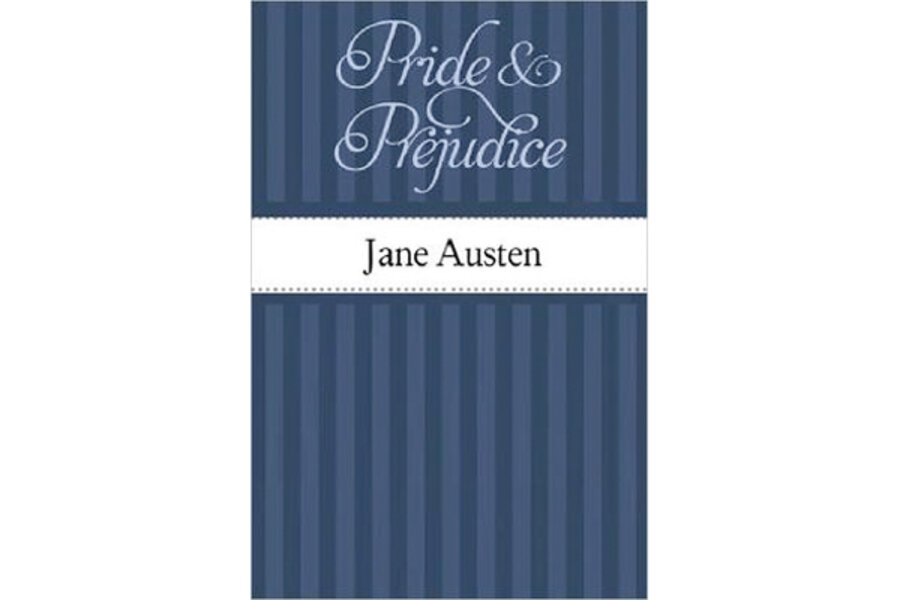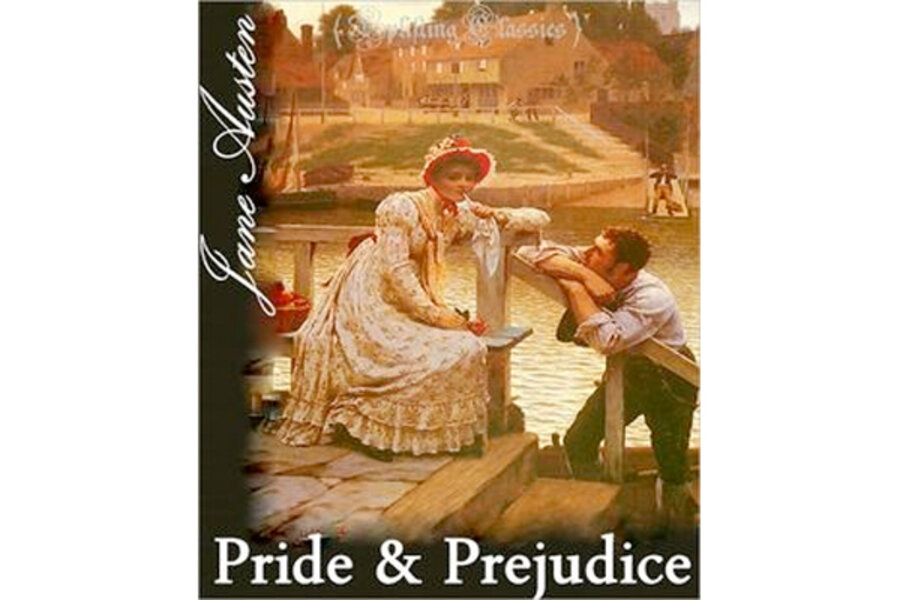A 21-year-old Austen attempted to publish the book under that title in 1797 before it was significantly revised and published under the now-familiar title in 1813, possibly to avoid confusion with other works entitled “First Impressions.” “Pride and Prejudice” was most likely taken from a passage of Fanny Burney’s 1782 novel, “Cecelia,” which heavily used that now-popular phrase: “The whole of this unfortunate business... has been the result of pride and prejudice... If to pride and prejudice you owe your miseries, so wonderfully is good and evil balanced, that to pride and prejudice you will also owe their termination.”






